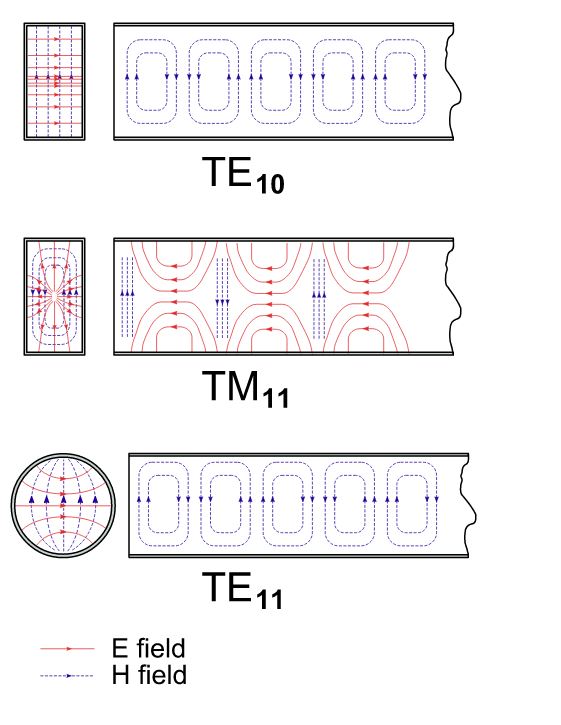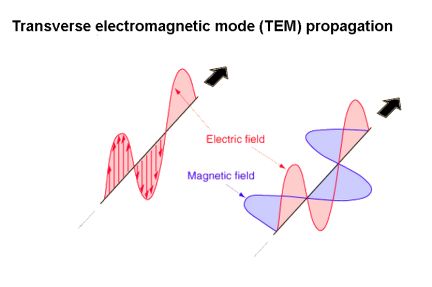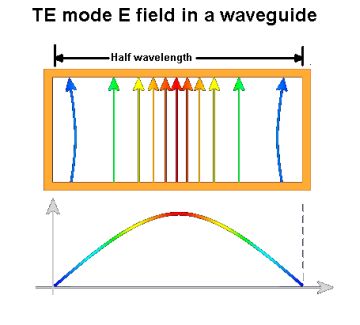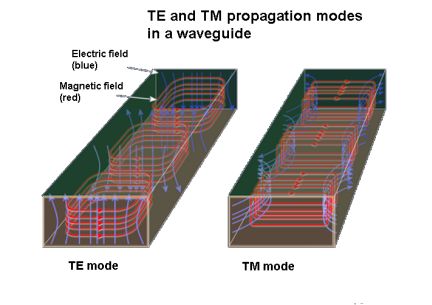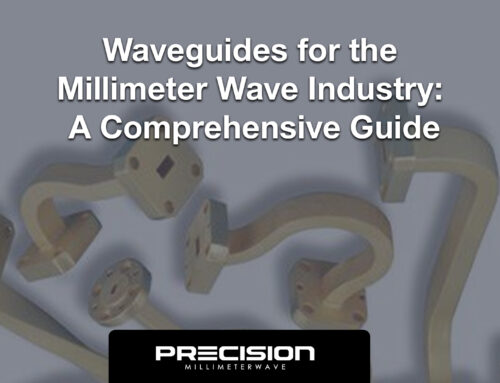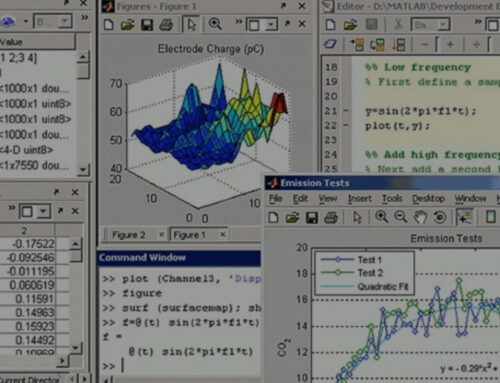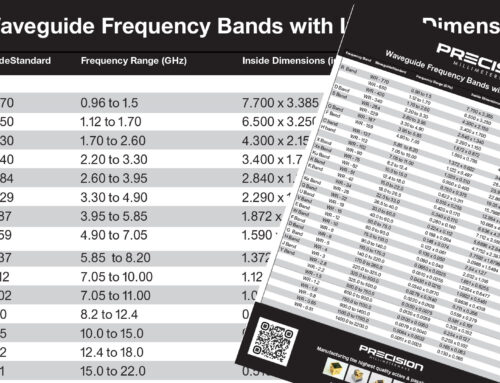Understanding TEM, TE, and TM Waveguide Modes
Energy can propagate through a medium or through what is currently believed to be a vacuum. Propagation modes vary depending upon the type of energy and the nature of the medium.
Electromagnetic energy is transmitted in waves. Like sound, it may propagate equally in all directions, the wave energy radiating in concentric shells corresponding to amplitude. Or it may be directional, focused to form a tight beam.
Electromagnetic waves can travel along waveguides using a number of different modes.
The different waveguide modes have different properties and therefore it is necessary to ensure that the correct mode for any waveguide is excited and others are suppressed as far as possible, if they are even able to be supported.
Waveguide modes
Looking at waveguide theory it is possible it calculate there are a number of formats in which an electromagnetic wave can propagate within the waveguide. These different types of waves correspond to the different elements within an electromagnetic wave.
TE mode: This waveguide mode is dependent upon the transverse electric waves, also sometimes called H waves, characterized by the fact that the electric vector (E) being always perpendicular to the direction of propagation.
TM mode: Transverse magnetic waves, also called E waves are characterized by the fact that the magnetic vector (H vector) is always perpendicular to the direction of propagation.
TEM mode: The Transverse electromagnetic wave cannot be propagated within a waveguide, but is included for completeness. It is the mode that is commonly used within coaxial and open wire feeders. The TEM wave is characterized by the fact that both the electric vector (E vector) and the magnetic vector (H vector) are perpendicular to the direction of propagation.
Text about the different types of waveguide modes often indicates the TE and TM modes with integers after them: TEm,n. The numerals M and N are always integers that can take on separate values from 0 or 1 to infinity. These indicate the wave modes within the waveguide.
Only a limited number of different m, n modes can be propagated along a waveguide dependent upon the waveguide dimensions and format.
TEM Mode
Description:
In the Transverse Electric and Magnetic (TEM) mode, both the electric field and the magnetic field (which are always perpendicular to one another in free space) are transverse to the direction of travel. If you wonder how this is possible, bear in mind that it is happening in three-dimensional space.
The Journey to Understanding TEM, TE, and TM Waveguide Modes
It may take you a while, but we promise if you save this page, or keep referring to it, it is helpful for your engineering knowledge.
Other RF News, Information & Resources
About Precision Millimeter Wave
We are a growing microwave & millimeter wave manufacturing & engineering company of parts, sub-assemblies and more for both passive & active based components.
Contact us for your needs.


